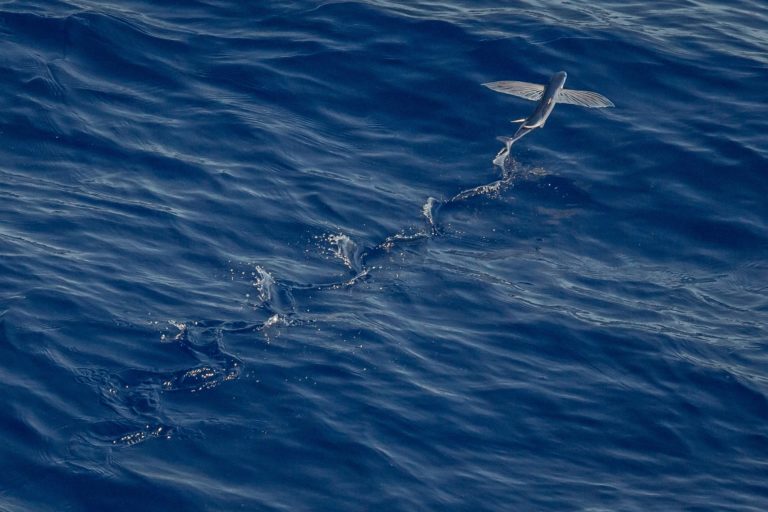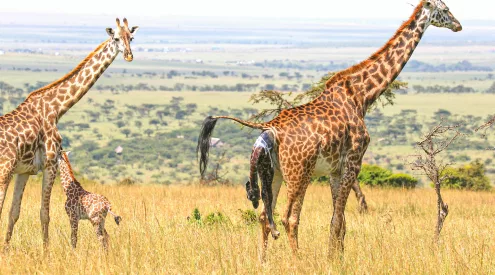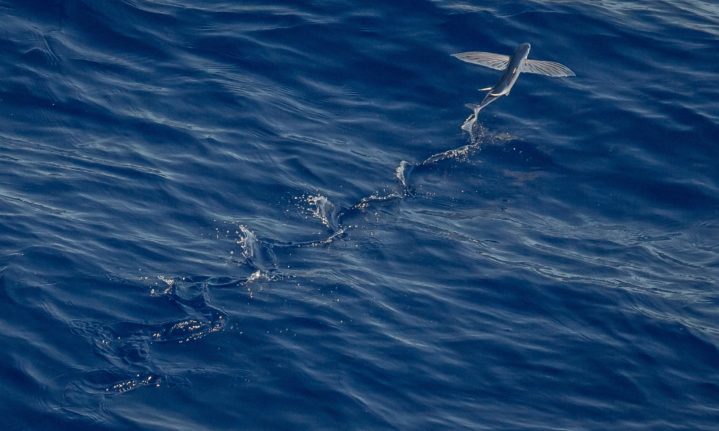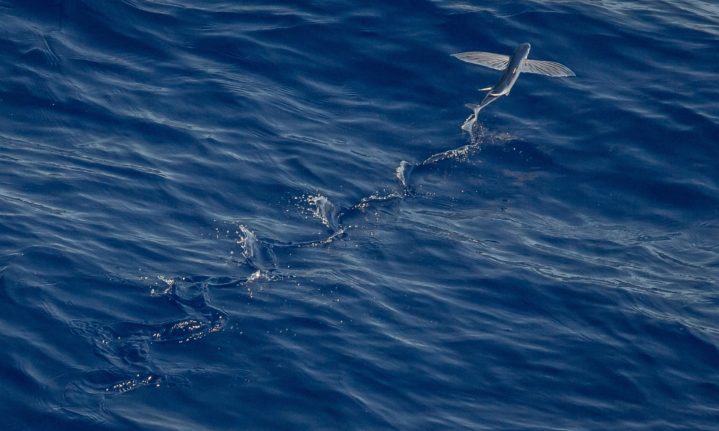A flying spider or flying snake sounds like something out of a horror or Sci-Fi movie. While the art of flight is something to admire, some animals seem more fright-worthy than flightworthy. Others could surprise you if you spy them gliding through the air. Here are five featherless animals that possess the ability to take off and fly.
Flying fish
A not-so-scary animal, flying fish are curious creatures. They have long, wing-like fins that allow them to leap out of the water and soar through the air. Their torpedo-shaped bodies and unevenly-forked tails help them take flight. The longest consecutive flight by a flying fish was recorded at 400m. 40 different species of flying fish inhabit the world’s oceans, however they favour the subtropical waters of the Indian, Pacific and Atlantic oceans. The Caribbean Sea is a particular favourite destination for these sea creatures. To see the flying fish in action, click here. 
Japanese flying squid
The flying squid gets its mystical power by sucking water into its mantle and blasting it back out to propel itself into the air. Once airborne, the squid spreads its fins and tentacles, creating ‘wings’ that help them glide over the water. These squids can remain airborne for roughly three seconds and in that time can travel 30m or more. Once the flying squid makes a return to the water, it folds its fins and tentacles in again to reduce impact. These squids can be found in northern parts of the Pacific Ocean.
View this post on Instagram
Mobula Ray
The mobula ray is also known as the flying ray or devil ray. It’s a close relative to the shark species, but with a body designed to glide through both water and air. Its pectoral fins are wing-like, helping it reach heights over 2m. The mobula ray can stay airborne for a few seconds before returning to the water. It enjoys warmer and tropical oceans. These rays fly together in masses, hundreds of them gathering and taking flight together. Scientists are unsure why mobula rays launch themselves from the water, but there’s a number of possible reasons, from attracting mates to removing parasites. To see mobula rays in action, click here.
View this post on Instagram
Selenops
The selenops spider is an arachnophobe’s nightmare come true. Yes, flying spiders do exist. This spider has the ability to glide through the sky and change direction mid-flight, using its front legs to steer itself. The creepy-crawly will leap from tree to tree and, like all spiders, it has no wings so is not truly flying – but its ability to soar in any direction it pleases while in the air is terrifying. To see the selenops spider’s hair-raising capabilities in action, go here.
Draco lizard
The Draco lizard, or flying dragon, is built for flight. Its ribs are elongated and can extend and retract, and are covered in folds of skin that act as wings. Its tails are used to steer the direction of its body. These lizards are found in the Philippines, Borneo, across Southeast Asia, and in parts of Southern India. Draco lizards can glide up to 30m in single jump. You can see the flying dragon in action here.
View this post on Instagram
Image: Unsplash



















